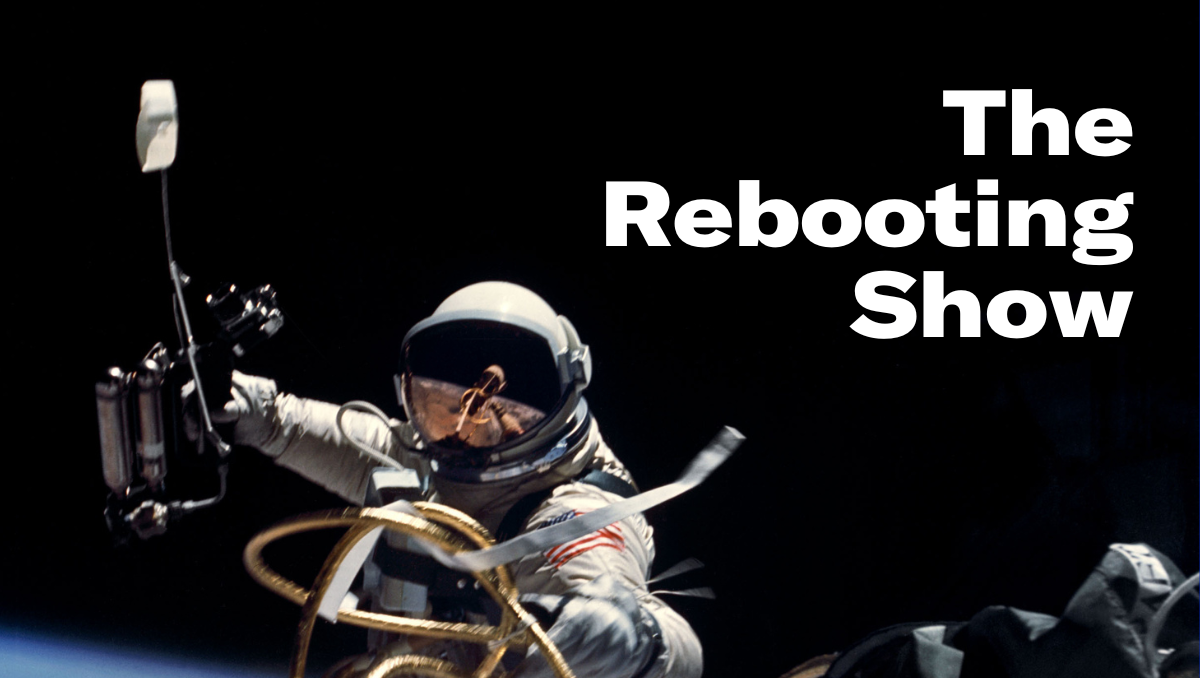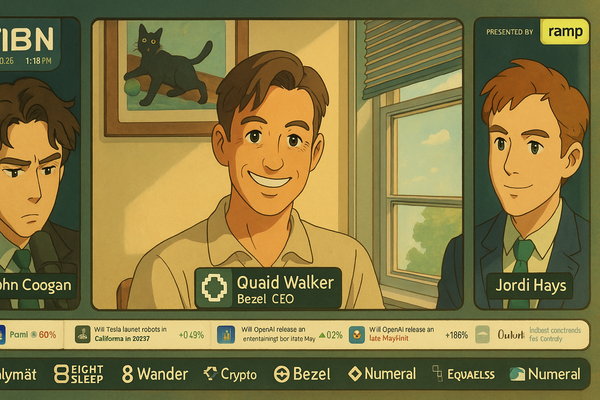The Washington Post’s BHAG
Plus: Axios' Sara Fischer on the rise of alternative media

On January 29 at 1pmET, The Rebooting is hosting an hour-long online forum on how Newsweek is adapting to the rise of alternative media. Newsweek serves as a quiet success story among legacy media brands, having found new pathways such as its robust listings business. Bharat Krish, Newsweek's Chief Product Officer, and Mark Zohar, CEO of ViaFoura, will join me to discuss how Newsweek is modernizing at a product level, including its efforts to build audience trust, establish direct relationships with its audience, and use AI to double content output. This interactive session will provide insight into Newsweek's transformation. If you can’t attend live, registrants will receive a replay link.
Thanks to ViaFoura for sponsoring this discussion
In Today’s Newsletter:
- The Washington Post’s audacious subscriber goal
- A conversation with Axios’ Sara Fischer about the year ahead for alternative media
- Why out-of-home advertising is gaining traction
- The decline of brand safety
- Creator-led rebundling
The Washington Post’s BHAG
The return of Trump has polarized news publications. Some, like The Guardian and The Atlantic, have reaffirmed their opposition. This approach—essentially preaching to the choir—leverages the branding power of resistance to Trump. The “Trump bump” of 2016 remains a wistful memory, but anti-Trump sentiment continues to drive engagement and serves as a potent branding tool.
However, the billionaire class is steering in a different direction. Figures like Patrick Soon-Shiong and Jeff Bezos are pushing the Los Angeles Times and The Washington Post away from overtly ideological stances. This pivot isn’t about embracing Silicon Valley's "red-pilling" but rather moving beyond reflexive anti-Trump narratives.
Soon-Shiong is now talking about the LA Times being a “media utility,” focusing on practical usefulness over political persuasion. While this approach might seem more civic-minded, its business viability remains uncertain. For example, during the California wildfires, the LA Times struggled to maintain relevance in the shifting information landscape dominated by platforms like X.
At the Post, “democracy dies in darkness” is out, “riveting storytelling for all of America” is in. This signals a shift towards an MBA-style Big Hairy Audacious Goal of reaching 200 million paying subscribers. However, the phrasing — “reaching” 200 million paying subscribers — leaves ambiguity. For comparison, The New York Times, the world’s most successful news publisher, has 11 million paid subscribers and aims for 15 million by 2027, leveraging lifestyle products alongside journalism.
With under 3 million paying subscribers, wide losses and in a near-constant state of internal upheaval, The Post faces an uphill battle. Bezos envisions appealing beyond the D.C. elite to “firefighters in Cleveland,” but this ambition may require a broader international audience. For context, even Amazon Prime has fewer than 200 million U.S. members, and the goal dwarfs the subscriber bases of Costco and Netflix.
Critics, like Defector’s Dave McKenna, have called the BHAG “dumb” and “dumber.” However, Bezos’s bet on scale aligns with his belief in the internet’s global reach. While The Post could deepen its focus on Washington policy, it faces stiff competition from Politico, Axios, Punchbowl, and others targeting niche but lucrative markets.
Curiosity Gaps
This year is shaping up to be a banner one for alternative media. Axios senior media reporter Sara Fischer joined The Rebooting Show to discuss why institutional media has lost influence to podcasters, YouTubers, and independent creators. Key takeaways include:
- Embrace Curiosity: Institutional media often feels formulaic, while successful creators present as genuinely curious.
- Build Around Trusted Voices: Axios plans to launch a membership program centered on Fischer’s Media Trends newsletter. Unique talent is increasingly opting for solo paths, given the lower risk and higher potential rewards. More publications will create franchises around top talent.
- Pick a Lane: The current market favors ideological outlets like The Free Press and The Daily Wire, leaving an opportunity for nonpartisan news—despite its challenges.
Listen to The Rebooting Show on Apple | Spotify | other platforms.
Thanks to EX.CO for sponsoring this series
Brand Safety Upheaval
The rise of brand safety protocols post-2016 appears to have peaked. Pressure from an ascendant Republican majority and Elon Musk’s critiques of brand safety measures have shifted industry dynamics. According to a Stagwell survey, 84% of CEOs and board members believe brand safety protocols are overapplied. That will put downward pressure on spending decisions, leading to a reshuffling of ad spend toward conservative media and platforms like X.
The Return of Billboards
Amid digital ad dominance, out-of-home advertising is experiencing a resurgence. GroupM forecasts OOH spending will grow 7.2% this year, maintaining its share of global ad revenue at 5%. Factors driving this growth include OOH's “unskippable” nature, its tangible mass-media appeal, and advancements in digital targeting. Recent moves like T-Mobile’s $600 million acquisition of Vistar underscore the sector’s momentum. “T-Mobile sees an opportunity to lead in OOH by combining its strong ad sales team and data-driven targeting with Vistar’s expanding network of screens,” Anonymous Banker writes in the latest PvA Weekend newsletter.
Creator Rebundling
Ben Thompson’s Stratechery catalyzed the newsletter boom, and its evolution into Stratechery Plus showcases the next phase: bundling. This package includes multiple newsletters and podcasts, including a new addition: a newsletter from YouTube channel Asianometry. The challenge for Stratechery is how the bundle coheres. The other elements are contiguous to the core protocol but very geared to Asian affairs while much of Stratechery’s appeal is tech business strategy.
Worth listening: Ezra Klein and Chris Hayes on the attention war. In the Information Space, you have no shot unless you do whatever is necessary to get attention, even if it’s negative. Legacy media created incentives for public figures to have low negative ratings; the opposite is now true, as being polarizing is rewarded with more attention. Shamelessness is the most durable moat.




